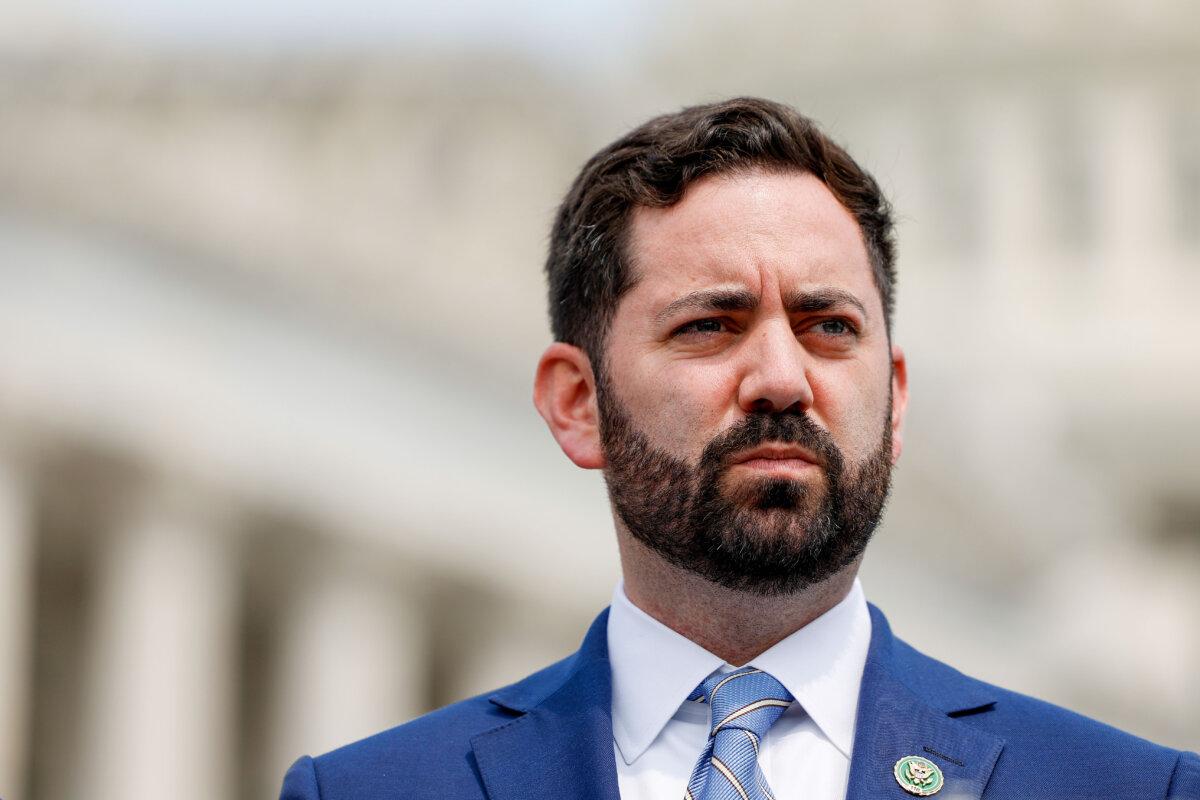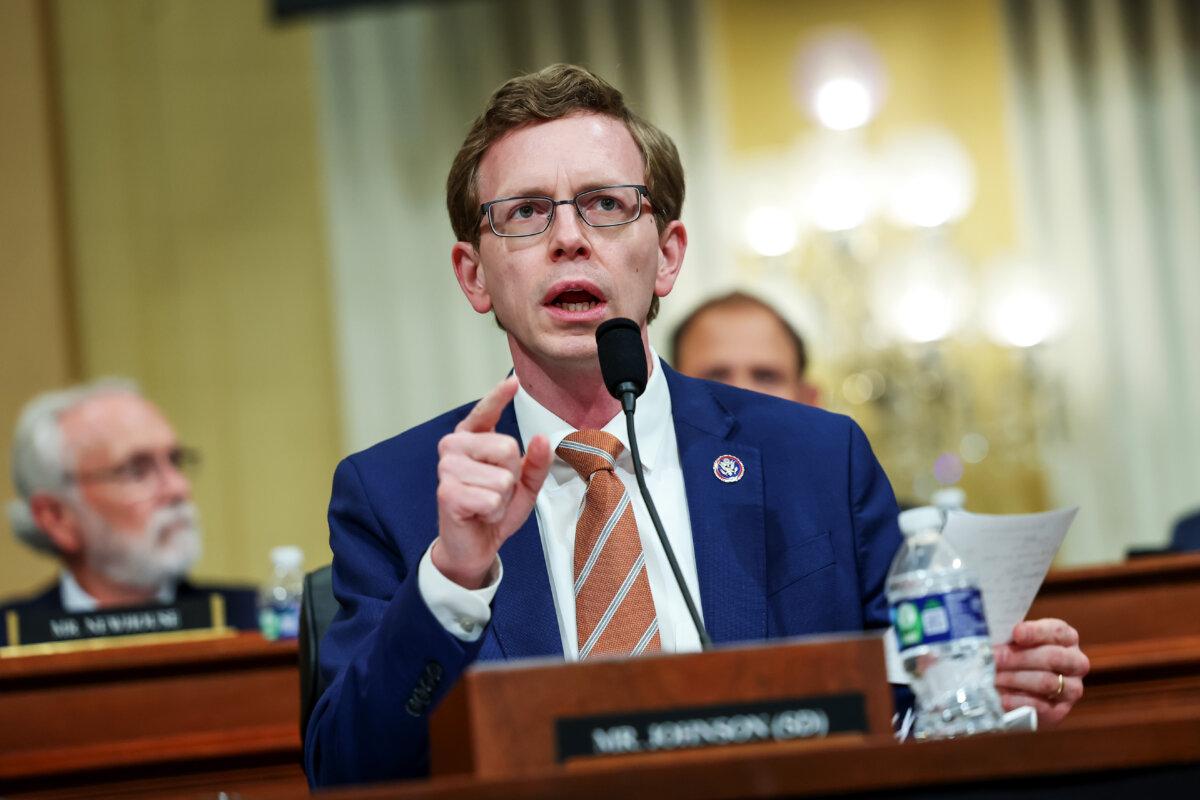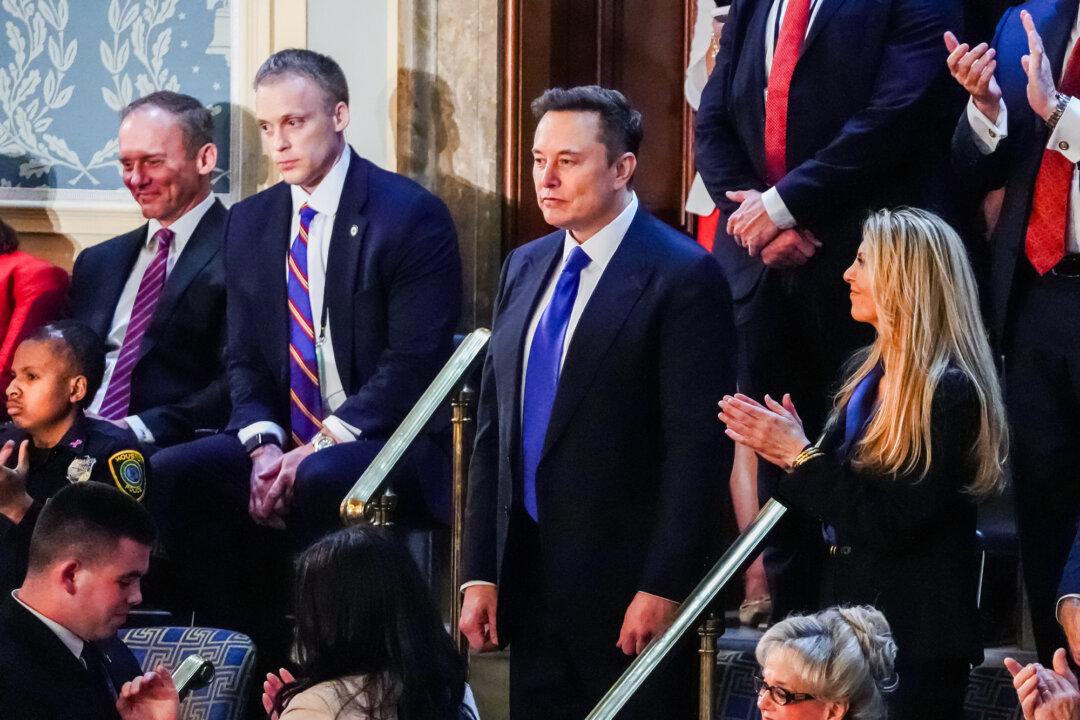WASHINGTON—House Republicans have yet to reach an agreement on Medicaid spending as a possible committee vote on the matter is less than a week away.
Meanwhile, some members adamantly oppose any change that would result in a loss of coverage for beneficiaries or shift additional program costs to state taxpayers.
The solution may require a combination of subtle alterations to the enormously complex Medicaid system rather than a single bold correction, according to some members. In the end, it may require intervention by the president himself to bring holdout members into agreement.
House Speaker Mike Johnson (R-La.) and Rep. Brett Guthrie (R-Ky.), chair of the House Energy and Commerce Committee, which has jurisdiction over Medicaid, met with the president on May 1 to discuss the reconciliation bill. No resolution was announced.
Reducing Payments to States
Guthrie met with some moderate Republicans on April 30 to discuss possible Medicaid changes. One of those ideas is to reduce the Federal Medicaid Assistance Percentage, or FMAP, which is the rate at which the federal government reimburses states for their Medicaid expenses.The rate varies based on the state’s income level, currently ranging from 50 percent to 83 percent.
“We’ve had a couple of comments from some people saying that seems to be too far for them to go,” Guthrie told reporters after the meeting, referring to a reduction in the reimbursement rate.
Rep. Nick Langworthy (R-N.Y.) told The Epoch Times on May 1: “I don’t support reducing FMAP at all.”
“We have to ultimately bend the cost curve on this program, because it’s spiraling out of control,” Langworthy said, but added that the country should fulfill its duty to traditional Medicaid beneficiaries.
Rep. Mike Lawler (R-N.Y.) made similar points.
“Changes to FMAP ... would have a devastating impact on New York, and I’m not doing it,” Lawler told The Epoch Times.
Yet he, like Langworthy, expressed urgency about lowering federal spending.

“If anybody believes that spending should continue at the levels that it has, they’re out of their minds,” Lawler said. “You cannot run $2 trillion deficits.”
Other Republicans seemed more open to the idea of lowering federal reimbursement to the states.
Rep. Dusty Johnson (R-S.D.) noted that each state’s reimbursement rate is variable to begin with, so modest changes might be possible. “As states’ economies grow at different rates, their FMAP changes,” Johnson told The Epoch Times. “So changes to FMAP are something that states are very comfortable with.”
Slowing the Expansion
Another cost-cutting proposal involves reducing the federal reimbursement made to states for beneficiaries who were added to Medicaid through the Affordable Care Act Medicaid Expansion beginning in 2014.Original Medicaid covers low-income people in certain categories, including children, pregnant women, parents of dependent children, the elderly, and people with disabilities.
The 2014 expansion includes most people who are under age 65 and earn at or below 133 percent of the federal poverty line.
“The expansion population is, comparatively speaking, getting an unfair reimbursement [for their states],” Rep. Russ Fulcher (R-Idaho) told The Epoch Times. “A big percentage of that [group] is working age, able-bodied adults, and that was never the target population for Medicaid.”
A federal cost reduction could be made either by reducing the reimbursement rate for the expansion population or by setting an overall per-capita limit on the reimbursement offered to the states for people in that group.
Either plan would place greater responsibility on states to determine the limits of Medicaid coverage.
Under the program, states have broad discretion to determine which services are covered under Medicaid and what the reimbursement rates will be.
“The per capita caps would make the states live within their means,” according to Langworthy, who said they may now see the reimbursement as “free money from the federal government” to expand their Medicaid populations.
Rep. Buddy Carter (R-Ga.) was skeptical that either concept would be approved.
Other Possibilities
The task is cutting $1.5 trillion from the federal budget over the next decade.“That’s about $150 billion on an annual basis. That’s 1.7 percent of total spending,” Lawler said.
The more important number is 218, Lawler said, the number of votes needed to pass legislation in the House. “How you get consensus, obviously, is what we’re in the process of working through,” he said.
Other changes to Medicaid are possible, according to Langworthy. “Many different components within the program that are on the table,” he said, mentioning work requirements for able-bodied Medicaid recipients.

“It’s not like a binary choice, A or B. There are different components within the proposals,” Langworthy said, and the key will be finding a combination Republicans can agree on.
Rep. Ralph Norman (R-S.C.) said he is certain Republicans will reach a consensus on Medicaid and the larger reconciliation bill.
When asked what made him so sure, Norman said, “Two words: President Trump.” Once the president weighs in and begins calling reluctant members, they’ll come to an agreement, Norman said.
The House Committee on Energy and Commerce is expected to consider the reconciliation bill on May 7.








